6 tried-and-tested ways to cost-effectively run a log burner
Running a log burner is a cozy way to warm your home, but it can be costly – these methods can increase its effectiveness and save you money


The cost of running your log burner can vary based on a range of factors, including the wood type and efficiency of the burner. To make the most of your wood burner and reduce its running cost, it's essential to understand how to optimize its performance.
As temperatures continue to stay on the chilly side, it's important to get your heating just right. The allure of a warm, crackling log fire is not only a beautiful rustic living room addition but also a practical way to keep your home warm this winter – and making your heating more efficient and cost-effective is the cherry on top.
These are six tried-and-tested tips from heating and firewood experts that can help you run your log burner more cost-effectively.
How to cost-effectively run a log burner
There are plenty of ways to run your log burner cost-effectively when temperatures drop. Choosing fully dried wood, staying on top of maintenance routines, and selecting efficient wood stove equipment will all help, says Stuart Fitzgerald, Managing Director of White Horse Energy and Firewood.co.uk:
'Small modifications go a long way towards lowering expenses without compromising comfort or environmental stewardship this winter,' he continues. 'With careful operation, log burners remain a viable economic and ecological heating solution.'
1. Select the right wood
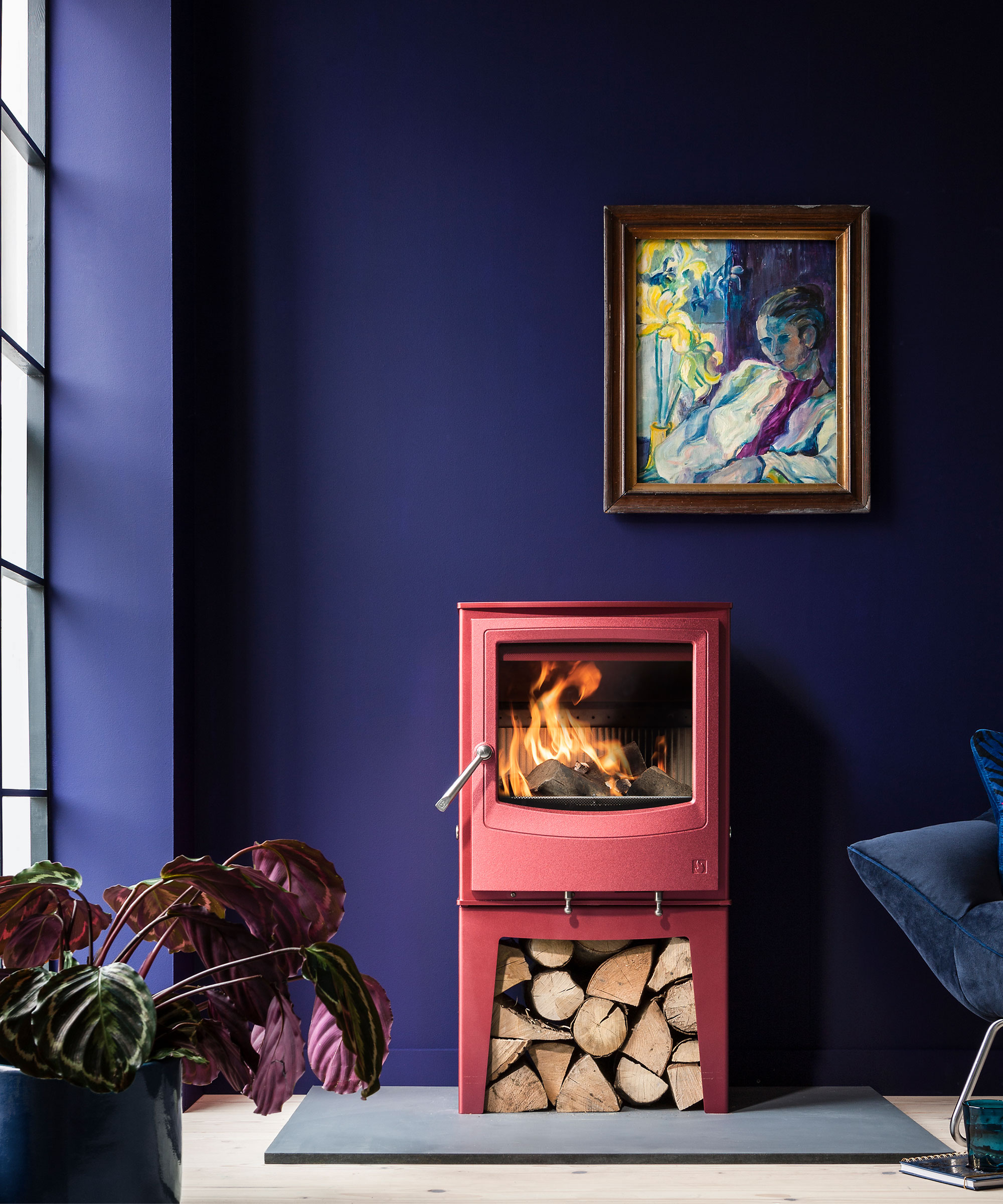
'The foundation of cost-effective log burner use lies in selecting the right wood. But as experienced wood burner owners will know, not all wood is equal,' continues Stuart Fitzgerald.
'While the initial cost of softwoods may seem appealing, they burn faster and will need to be replenished more frequently, ultimately inflating your heating expenses over time.
'In general, hardwood tree species, like oak, ash, and birch, are best for use in log burners. They burn more efficiently, meaning you’ll need less wood to reach the same heat output, making them more cost-effective. In contrast, when starting the fire, softwoods light quickly, so using pine or spruce is a good choice.'

Stuart Fitzgerald is the Managing Director of White Horse Energy and Firewood.co.uk. Throughout his career he has worked in the renewables and environment industry and specializes in selling sustainable firewood.
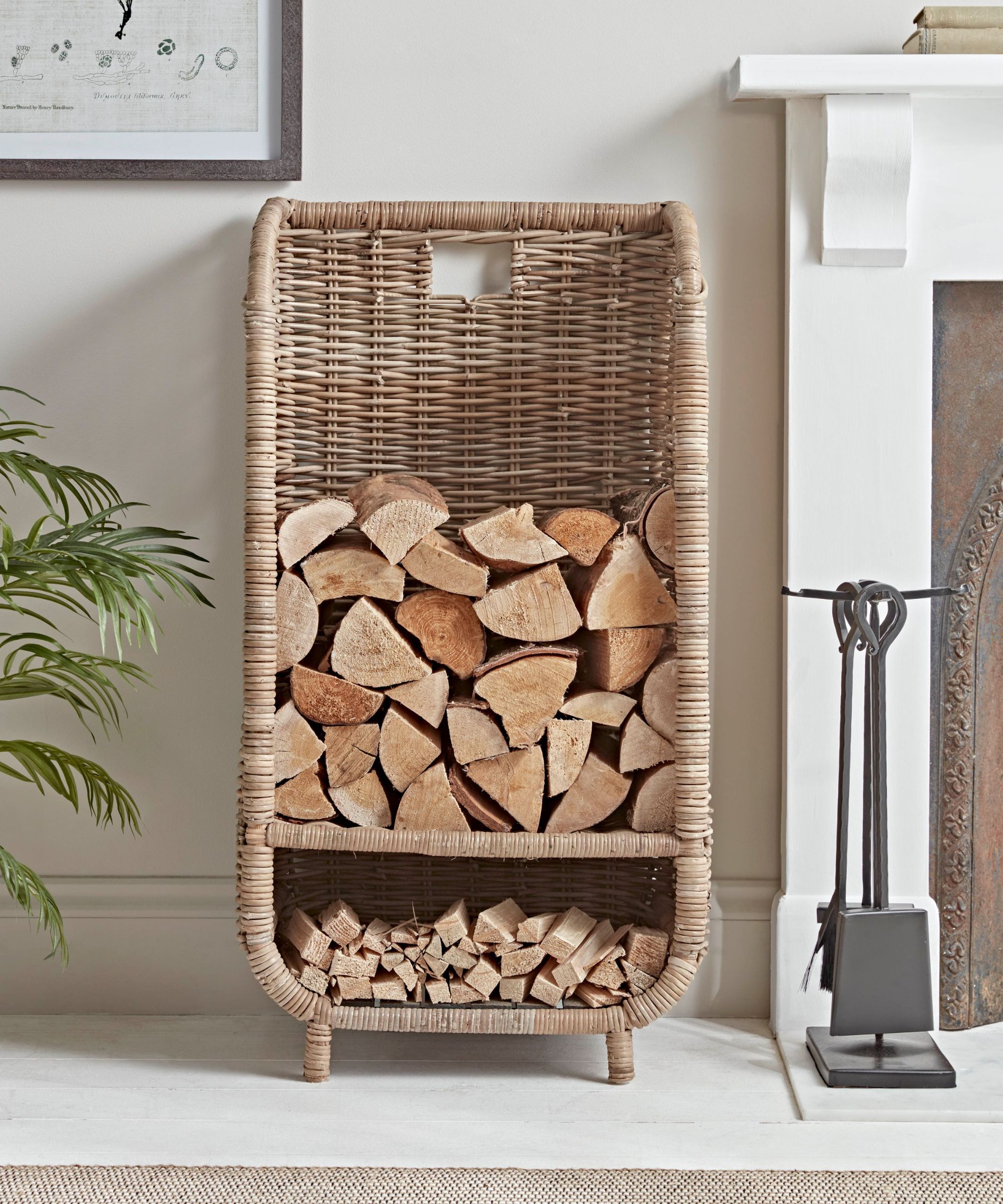
Consider wood density
'Denser woods are a more effective heat source because they contain more combustible materials (cellulose and lignin), meaning they produce a higher heat output, burn for longer, produce less ash, and ensure consistent burning,' explains Stuart. 'Ideally, opt for kiln-dried logs, which contain less moisture, are easier to light, burn more cleanly, and are safe to store indoors.'
If you don't have firewood at your disposal, you could try this kiln-dried premium firewood from Amazon.
Check for low moisture content
While wood type is important, you also need to consider its condition. In general, log burners shouldn’t be used with wood that has a moisture content of over 20%.
'Opting for those with a lower moisture content also helps log burner users keep compliant with regulations around smoke output, and from a cost perspective, wetter woods burn less efficiently, meaning you’ll need to use more wood in your fire to get the same heat output,' explains Stuart.
'Seasoned or kiln-dried wood contains less moisture, ensuring a cleaner, more efficient burn with less smoke and residue,' agrees Keith Wortsmith, CEO of Dash Service.

Keith Wortsmith, President of DASH Heating & Cooling, helms a family-owned HVAC company that has been a trusted name since its establishment in 1931. With a rich legacy of over 90 years in the industry, DASH Heating & Cooling, under Keith's leadership, focuses on customer satisfaction, top-tier equipment, and delivering quality and comfort across the greater Little Rock area. This extensive experience reflects the company's deep commitment to expertise and excellence in HVAC services.
2. Select the most efficient log burner
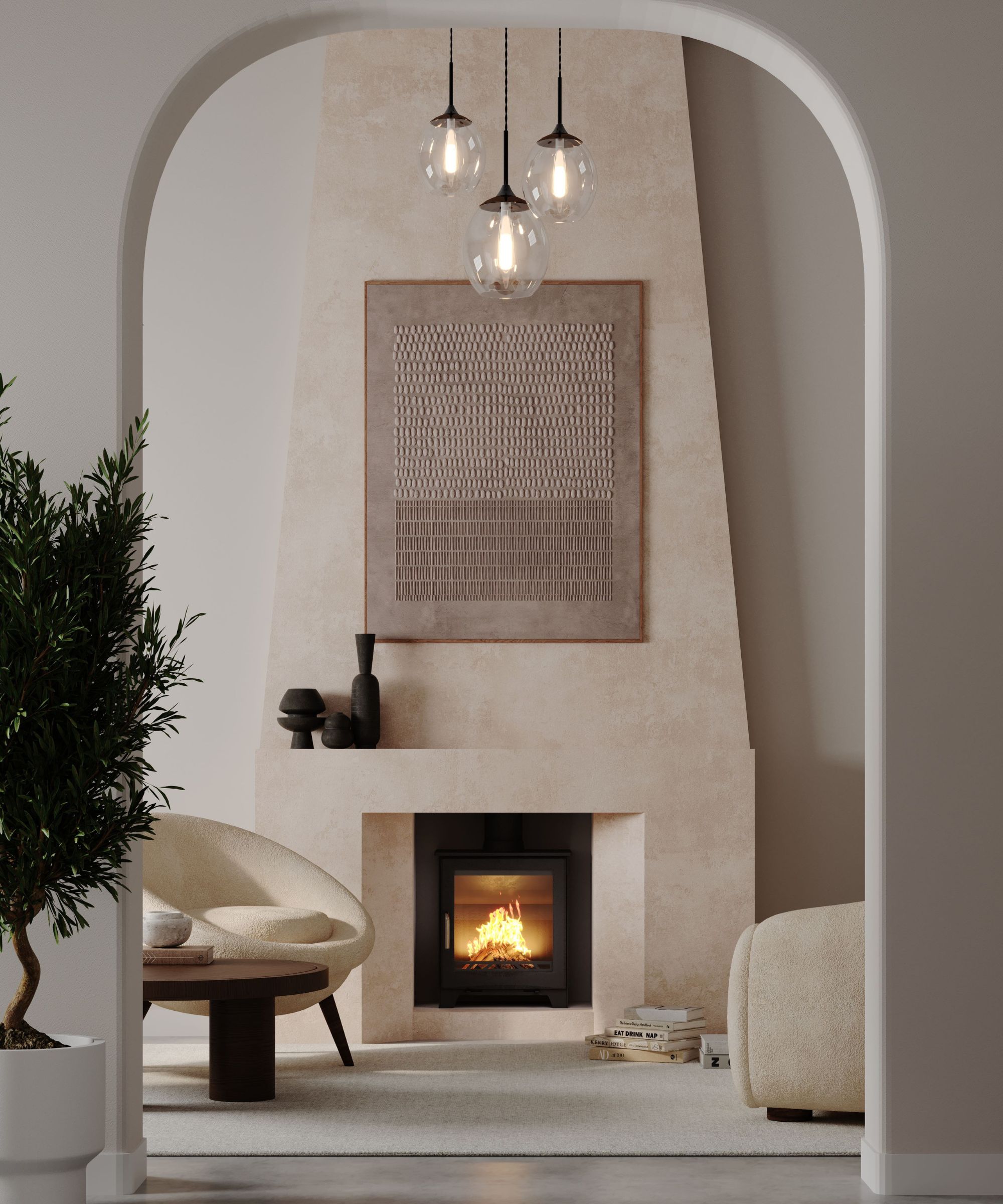
'Upgrading to newer EPA-certified stoves offers even more significant cost-savings, as these models use up to 30% less wood while emitting far fewer emissions,' explains Rinkesh Kukreja, sustainability expert at Conserve Energy Future. 'The upfront investment is necessary because an efficient stove pays for itself within several heating seasons through reduced fuel consumption.'
Josh Mitchell, HVAC technician and the owner of Air Conditioner Lab, adds: 'Ensure your log burner is appropriately sized for the space you intend to heat. An oversized burner may be inefficient, while an undersized one won't provide sufficient warmth. Matching the burner's capacity to your needs is essential for efficiency.'
3. Consider how you load your burner
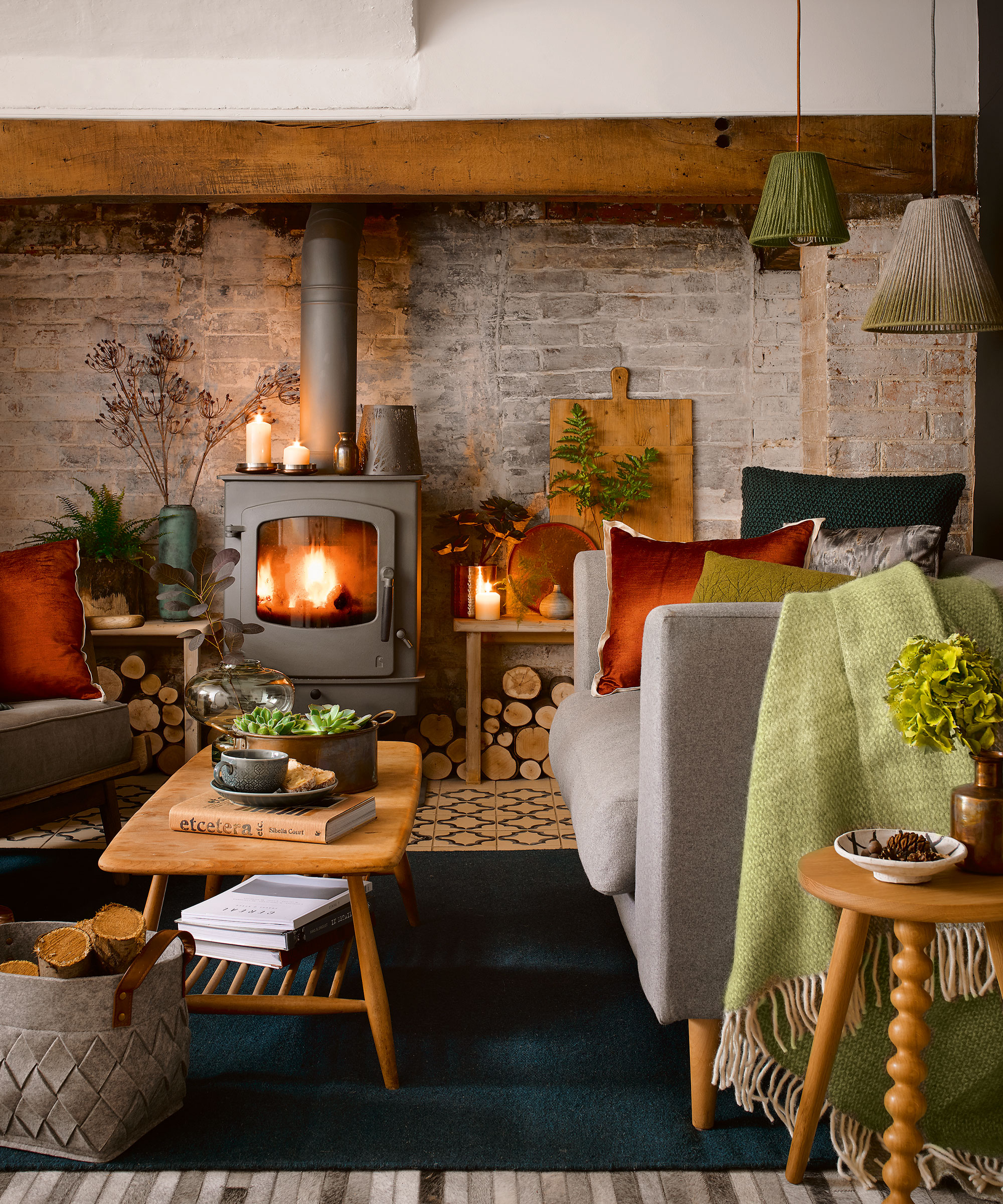
'An efficient fire is a cost-effective one, and how you load your log burner significantly impacts its running costs,' explains Stuart Fitzgerald, Managing Director at White Horse Energy
'One technique is to arrange the logs from smallest to largest from the bottom to the top of the pile, with kindling and a firelighter at the bottom to speed up ignition and maintain a consistent burn when you start a fire. Light the logs from below, and the flames will be drawn upwards, reducing the need to add more wood regularly.
'Another recommended technique is the top-down method, which involves placing kindling and small logs at the top, and larger logs at the bottom. The fire is lit from the top and spreads down, which is great for larger stoves and ensures a consistent fire.
Additionally, it’s important to arrange logs loosely, leaving ample space between them to facilitate airflow. Avoid overcrowding the firebox, as this impedes airflow and hampers combustion.
4. Maintain a consistent temperature
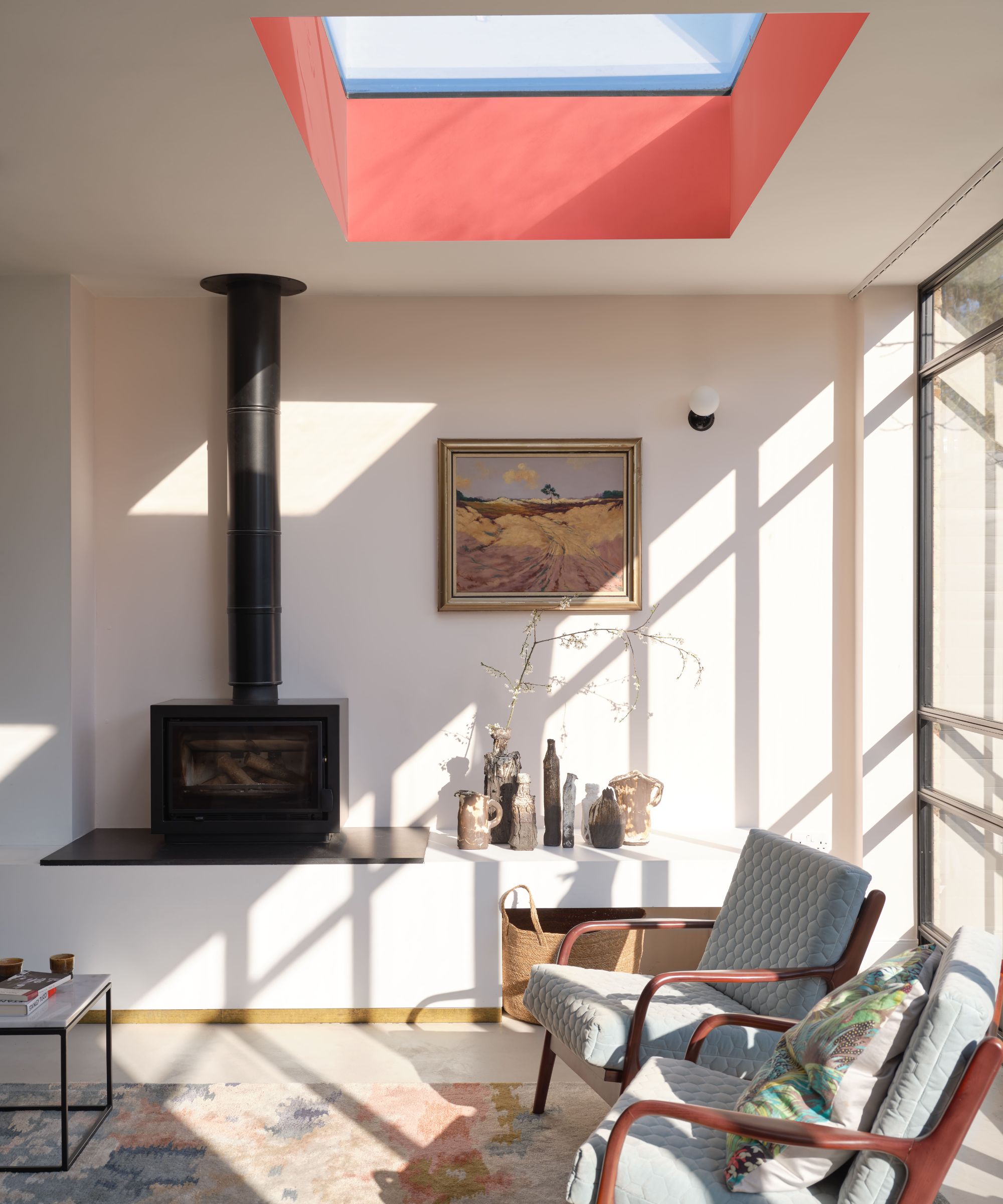
'A higher temperature isn’t always better,' warns Stuart Fitzgerald. 'A fire that is too fierce won’t provide much additional benefit because as the flames grow, most of the additional heat, and the money spent on wood fuel, will escape immediately up the chimney.
'To get the most heat from your wood-burning stove, the optimum temperature is between 260 and 460°C. You can attach a stove thermometer to the stove pipe to ensure your fire is burning at optimal temperature.
'If the temperature is too high, don’t add any more fuel until it drops to the optimum operating zone, and if it’s too low, you need to add more logs.'
Aluminum Alloy Magnetic Fireplace Stove Thermometer | $10.03 from Walmart
Keep your fire burning at the optimal temperature using this fireplace stove thermometer.
5. Manage air flow
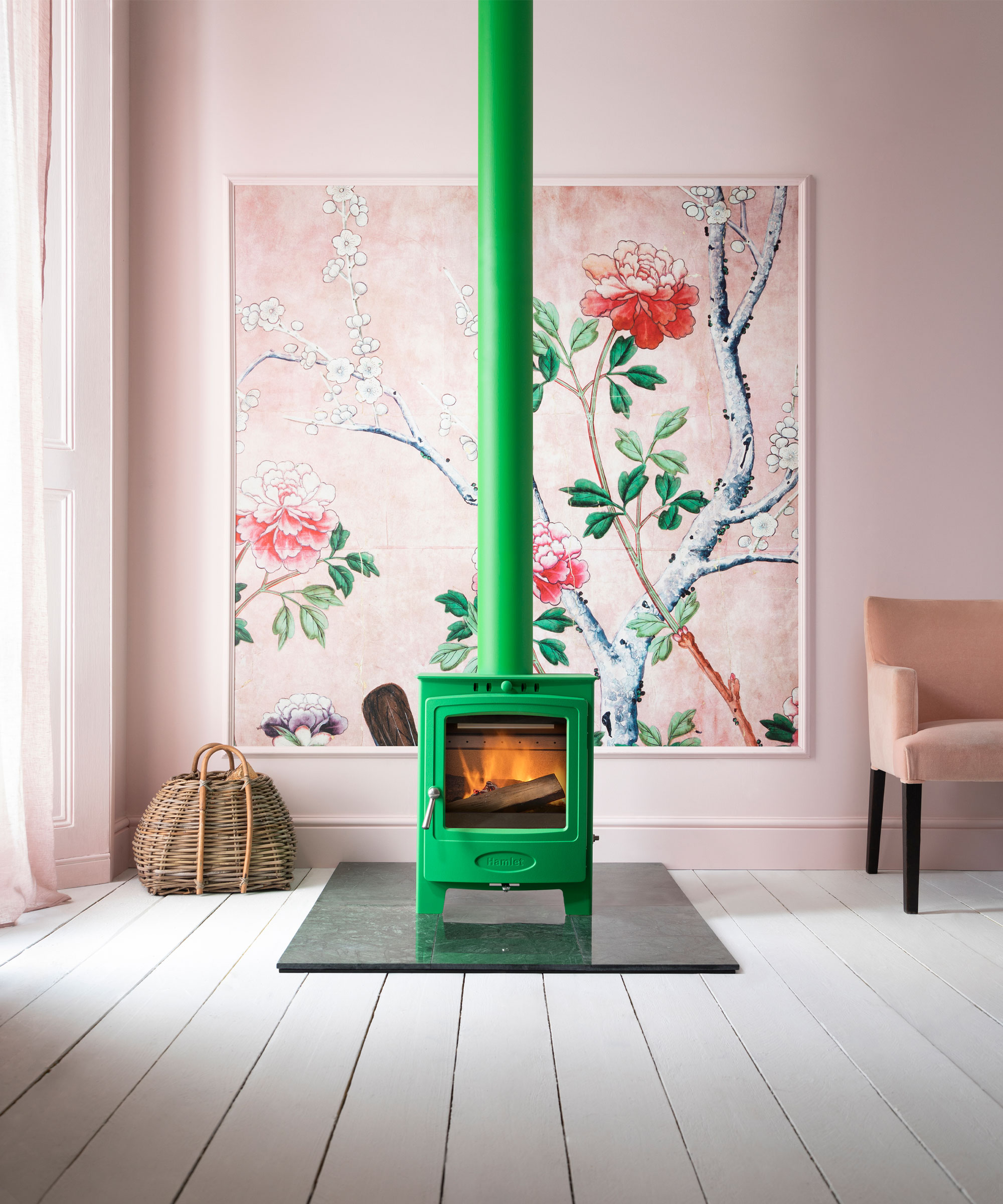
Sufficient airflow is key to efficient combustion in your log burner. It’s important to strike the optimal balance between heat output and fuel efficiency.
'Take advantage of your log burners' air vents to control the burn rate,' advises Josh Mitchell, HVAC technician. 'Opening the vents wider results in a hotter, faster burn, leading to more frequent refueling top-ups. Reducing the airflow leads to a slower, smoldering burn. Find the right balance to maintain a steady and efficient fire.'
'Most log burners have two vents that help you control the level of heat coming from the fire: a primary air flow vent, typically the top vent, and a secondary air flow vent, usually below the fire grate,' adds Stuart Fitzgerald. 'In general, keep the primary air vent open when starting the fire, and once it’s burning, it can be gradually closed. The secondary air vent is then used while the fire is going to control the burn.
6. Keep up with log burner maintenance
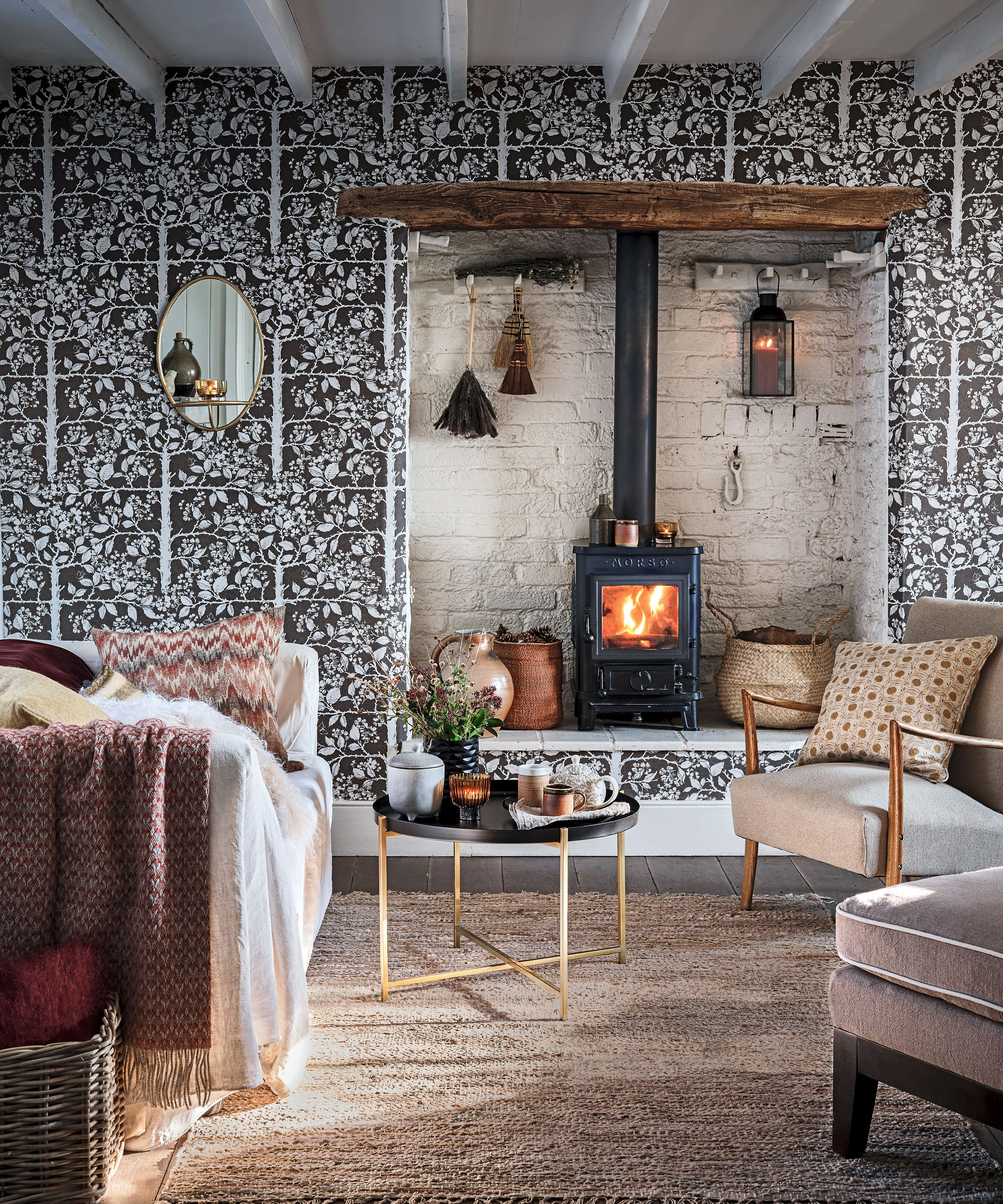
'Regular cleaning of the flue and chimney is key to preventing soot and tar buildup, which can block airflow, decrease the efficiency of the log burner, and increase the risk of chimney fires,' explains Keith Wortsmith. 'This involves using a chimney brush to scrub the soot, ideally done annually or more frequently depending on usage.' You can use this chimney brush, from Walmart.
'It's also important to inspect the burner for any cracks or damage, especially in the stove's body, glass door, or flue, as even minor damage can impact performance and safety,' continues Keith Wortsmith. 'Checking and possibly replacing worn seals and door gaskets is crucial too, as these ensure harmful smoke and gasses are correctly vented and prevent heat loss.
Remember to empty the ash pan every four to six weeks to maintain optimal airflow and ensure air vents and controls are functioning correctly for proper temperature regulation.
'Deep clean your wood burner every four to six weeks, following the manufacturer’s instructions for cleaning. If there’s any remaining moisture in the interior, it can impact the fire lighting process and cause an inefficient burn,' explains Stuart Fitzgerald.
FAQs
How can a heat-powered stove fan make your log burner more effecitve?
'An often overlooked tip for homeowners using a log burner is to utilize a stove fan. This innovative device sits on top of your log burner and uses the heat from the stove to power its blades,' explains Keith Wortsmith, founder of Dash Service.
'As the stove heats up, the fan automatically starts and begins to circulate the warm air around the room. This not only improves the efficiency of your log burner by distributing heat more evenly and quickly throughout the space but also reduces the amount of fuel you need to burn.
'The beauty of a heat-powered stove fan lies in its simplicity and effectiveness – it requires no electricity or batteries, operates silently, and enhances the overall efficiency of your heating system.
We recommend this heat powered fan from Amazon.
Finally, Keith Wortsmith suggests: 'It's important to arrange your room in a way that doesn't block the heat from your stove. The placement of furniture should allow for free movement of warm air.' This should mean your home feels warmer without needing to turn up the heat.
Sign up to the Homes & Gardens newsletter
Design expertise in your inbox – from inspiring decorating ideas and beautiful celebrity homes to practical gardening advice and shopping round-ups.

Lola Houlton is a news writer for Homes & Gardens. She has been writing content for Future PLC for the past six years, in particular Homes & Gardens, Real Homes and GardeningEtc. She writes on a broad range of subjects, including practical household advice, recipe articles, and product reviews, working closely with experts in their fields to cover everything from heating to home organization through to house plants. Lola is a graduate, who completed her degree in Psychology at the University of Sussex. She has also spent some time working at the BBC.
-
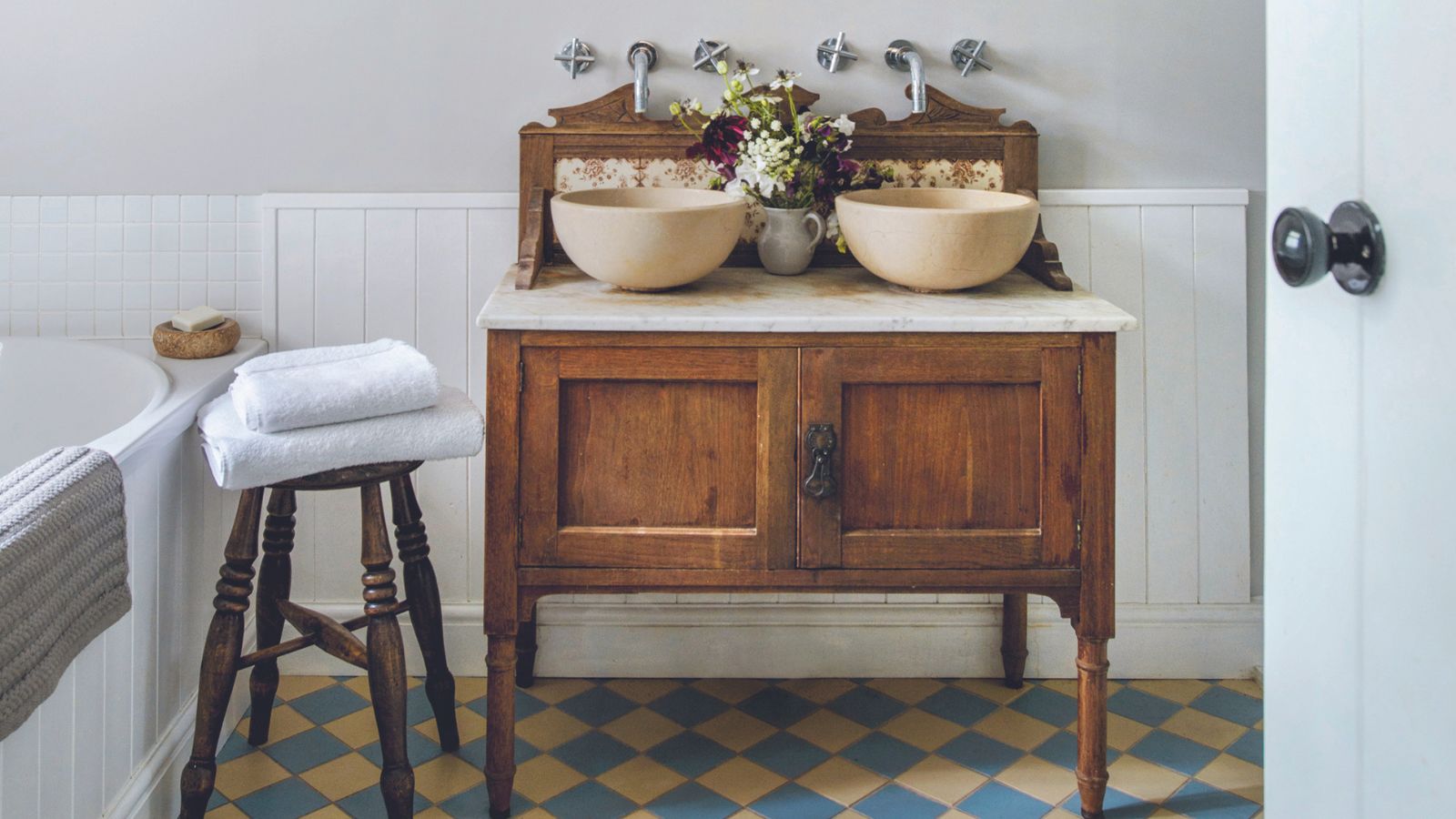 I'm 5ft2 and this telescopic scrubber safely and easily banished mold and grime in even the hardest-to-reach areas of my bathroom in less than 15 minutes
I'm 5ft2 and this telescopic scrubber safely and easily banished mold and grime in even the hardest-to-reach areas of my bathroom in less than 15 minutesMy bathroom has never looked better thanks to this handy $16 two-in-one tool from Joseph Joseph
By Ottilie Blackhall Published
-
 Everyone is obsessed with vintage tiles right now – bring the nostalgic charm of this classic design feature into your home with our 5 design ideas
Everyone is obsessed with vintage tiles right now – bring the nostalgic charm of this classic design feature into your home with our 5 design ideasHonor the past with our favorite ways to decorate with vintage tiles, as suggested by interior design experts
By Eleanor Richardson Published
